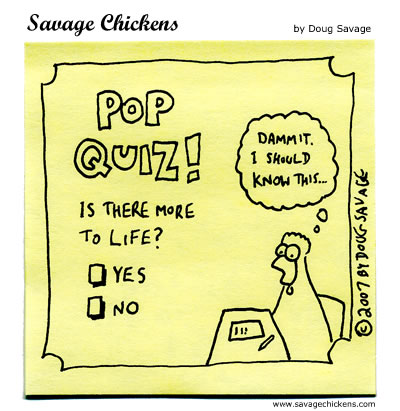Pop: Weasel, Culture. Quiz. The etymology of these clichés is unknown to most. We use phrases without knowing where they come from, a handy tool that often becomes a blunt instrument. Many of us (or at least me) assume we know quite a bit about the educational landscape today. The more I read and research, however, the more I learn that many of my ‘facts’ are not.
In an earlier quiz, I asked data based questions. So too for Part II. There will be at least one more quiz. After that, I will take the time to give an overview of the state(s) of education based on the current ‘facts’ which are supported by data from reliable sources.
I will post the answers to this week’s quiz in Part III. The answers to Quiz 1, listed below, may, I am willing to bet, surprise you. If you can, on your honor, say you have correctly responded to what amounts to above 90% on these questions then you have earned a free gift. And my admiration: I sure couldn’t have answered most of them correctly until after reading through a wide swath of sources.
*********************************************************************************
1. Portion of university teaching positions that are filled by graduate students or adjunct faculty:
A. 75%
B. 50%
C. 35%
D. 20%
2. How much, on average, do these adjunct faculty and graduate students get paid for each course they teach?
A. $2700
B. $4800
C. $6100
D. $8500
3. Number of States whose highest paid employer is a sports coach:
A. 19
B. 26
C. 37
D. 44
4. Which university was the only higher-education institution named to Fast Company’s list of the World’s 50 Most Innovative Companies in 2012?
A. Harvard
B. Stanford
C. Carnegie Mellon
D. Southern New Hampshire University
5. Students today are:
A. About evenly split in moving to and from community colleges to 4 years colleges
B. Twice as likely to move from community college to 4 year colleges
C. 3 times as likely to move from community colleges to 4 years colleges
D. More likely to move from 4 year colleges to community colleges
6. In 2002, 1.6 million students were enrolled in at least one online course. By 2010, the number was:
A. 2.4 million
B. 4.7 million
C. 6.1 million
D. 8.3 million
7. What percentage of overall enrollment does the number of students enrolled in online courses (as of 2010) represent:
A. 19%
B. 31%
C. 42%
D. 53%
8. What is the percentage of all recent college graduates have not been able to find a job in their chosen field:
A. 86%
B. 61%
C. 48%
D. 32%
9. According to a survey of 4,900 recent college graduates what percentage regret choosing their major or their school:
A. 28%
B. 35%
C. 42%
D. 51%
10. What percentage of recent college graduates are working in jobs that do not even require a college degree.
A. 11%
B. 31%
C. 48%
D. 61%
Extra Credit: Should college credits/degrees be awarded based on how much students know, or how much time they spend in a classroom?
*********************************************************************************
Quiz 1: Answers
1. D
2. B
3. C
4. C
5. C
6. B
7. C
8. B
9. D
10. C
11. A
12. D
13. D
14. D
Extra Credit: D








No comments:
Post a Comment